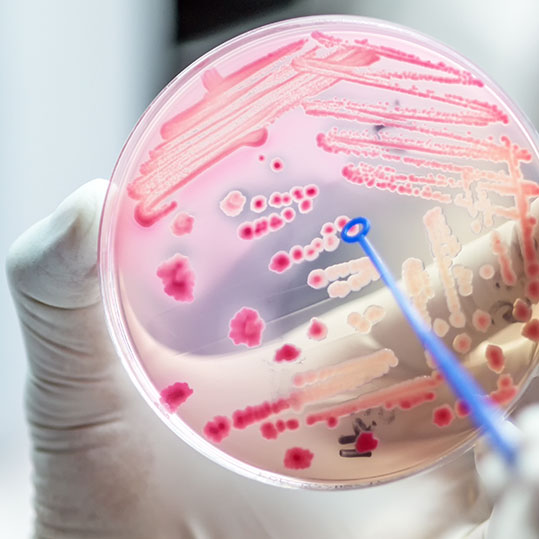Complications with Biofilms
Antibiotic Resistance
Biofilms can be very resistant to antibiotics and have been known to contribute to a variety of infectious diseases. Biofilms have known to contribute to infections such as urinary tract infections, middle-ear infections, heart infections, bacterial vaginosis, and infections from medical devices such as catheters and implants. These infections sometimes require a high dose of antibiotics to fully rid the body of the bacteria.
Prevalence
Biofilms can form almost anywhere. Biofilms thrive around surfaces that are warm and moist, providing a habitable home for new generations of bacteria. In human environments, biofilms can easily grow in showers, sinks, open wounds, surgical sites, and medical devices such as catheters and implants.

